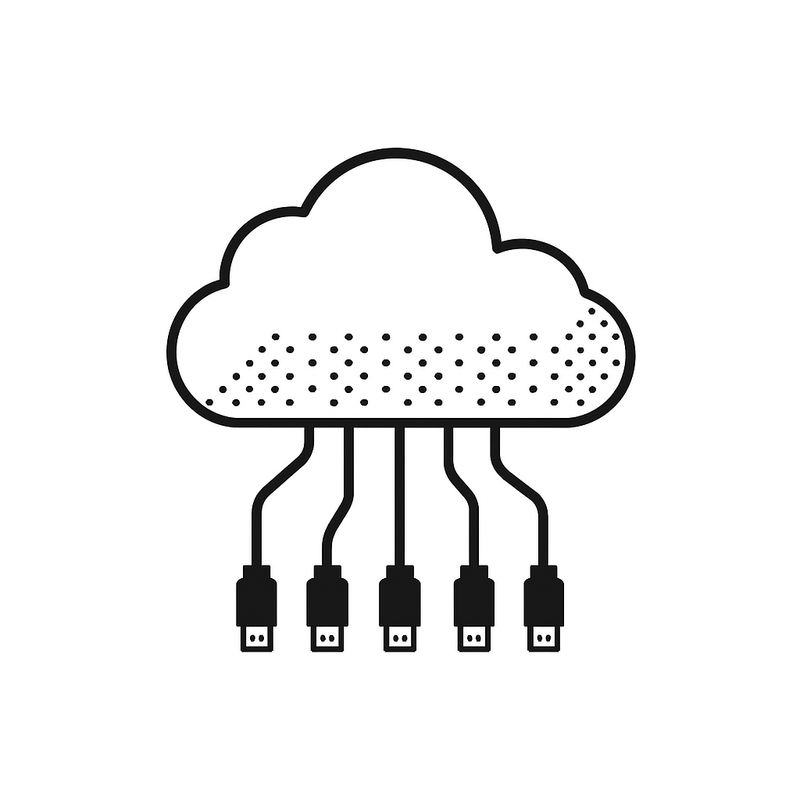What Arista Does
if Nvidia builds the engines of the AI revolution, Arista builds the highways those engines need to run at full speed.
why i said Arista builds the highways becoze Arista sells high-speed Ethernet switches and routers that connect thousands of GPUs together in data centers. Without these “digital highways,” AI models like ChatGPT or Meta’s Llama simply couldn’t run efficiently. Unlike traditional networking players, Arista’s focus has always been on hyperscale performance, making it the backbone of cloud giants like Microsoft and Meta.
EOS – The Hidden Moat
It’s the Tesla of networking: over-the-air updates, automation built-in, and less downtime than legacy rivals.
Arista’s Extensible Operating System (EOS) is a single, Linux-based codebase running across all its devices. This means every switch, router, or network appliance speaks the same language — unlike Cisco, which struggles with fragmented legacy platforms.
- Seamless Upgrades: Entire data centers updated without downtime.
- Automation Built-In: Reduces manual errors and boosts efficiency.
- Programmability: Developers can tailor networks like software, not hardware.
- Customer Stickiness: Once you’re on EOS, it’s hard to leave.
This “hidden moat” turns Arista from just another hardware vendor into a software-driven networking powerhouse.
Ethernet vs. InfiniBand
InfiniBand is a high-speed bullet train — fast but expensive and limited to a few tracks. Ethernet is a highway system — slower at first, but cheaper, flexible, and everywhere.
Nvidia’s InfiniBand dominates current AI networking because of ultra-low latency, but it’s costly and tightly controlled. Arista is betting on Ethernet, an open and widely adopted standard. With advances like 400G and 800G switches, Ethernet is closing the performance gap while offering broader compatibility. If history is a guide (think Wi-Fi beating proprietary wireless), Ethernet could scale faster and cheaper, putting Arista in pole position.
Customer Dependency
Arista’s risk isn’t lack of customers — it’s that its customers are too big.
Microsoft and Meta together make up ~40% of Arista’s revenue. This concentration is both a strength and a vulnerability. On one hand, it shows Arista is trusted by the world’s largest cloud players. On the other, a slowdown in spending by either client could hit revenue hard. The company is addressing this by expanding into enterprise and campus markets, where it still has significant room to grow.
Financial Power
Arista has the margins of a software company hiding inside a hardware shell.
Despite selling physical networking gear, Arista’s gross margins (~64%) rival those of software companies. That’s because of its EOS-driven model and high-value services, which create sticky, recurring revenue. Add $8B in cash reserves and little debt, and Arista isn’t just profitable—it’s financially resilient, giving it room to keep innovating and competing with giants like Nvidia and Cisco.
Conclusion: The Big Picture
The AI race isn’t just about faster brains (GPUs), but faster nervous systems (networks). That’s where Arista shines
GPUs get the headlines, but without high-speed networking, their performance is bottlenecked. Arista ensures the nervous system of the AI data center is as powerful as the brains inside it. By building scalable, cost-effective Ethernet for AI, Arista could quietly become as essential to the AI economy as Nvidia is today.
